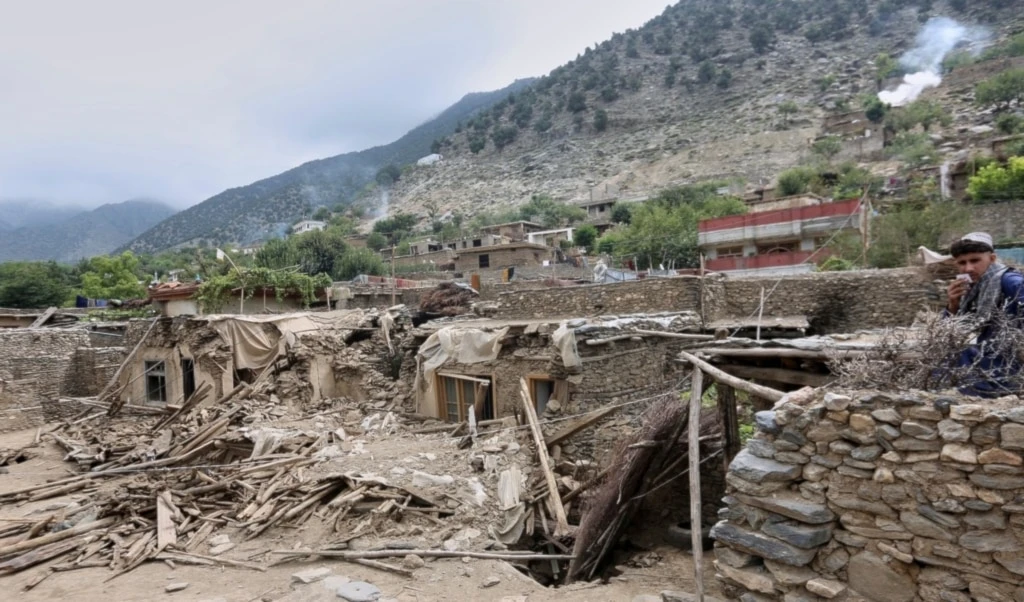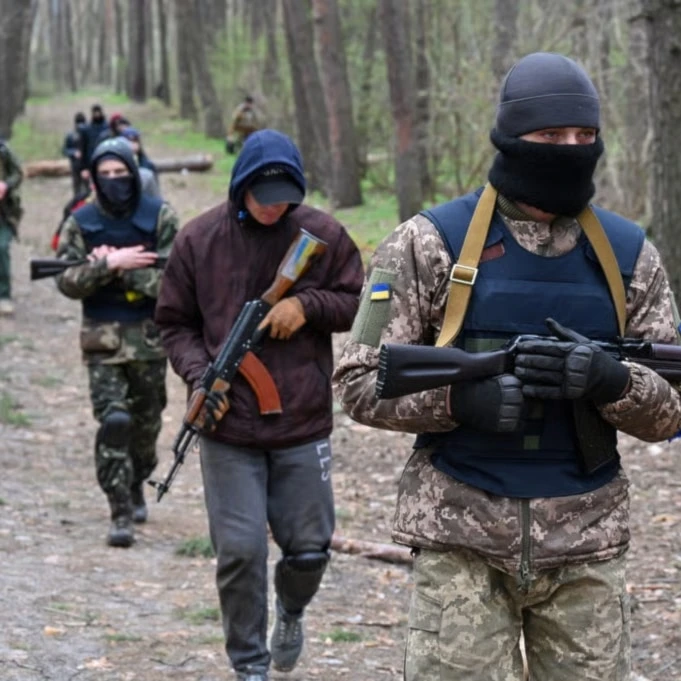Afghanistan earthquake death toll surpasses 2,200 amid aid shortages
Aid groups warn Afghanistan’s quake survivors face worsening hunger, collapsing health services, and funding shortfalls as winter nears.
-

An injured person is carried to a military helicopter that landed to evacuate injured victims of an earthquake that killed many people and destroyed villages in eastern Afghanistan, in Mazar Dara, Kunar province, Monday, September 1, 2025. (AP)
Rescue teams in Afghanistan continued recovering bodies on Thursday from homes reduced to rubble by powerful earthquakes, as the confirmed death toll rose beyond 2,200. Survivors, many left homeless, now face mounting hardship as aid agencies warn that resources are running dangerously thin.
The Taliban government put the latest toll at 2,205 dead and more than 3,600 injured, with search operations still underway in the remote, mountainous east.
“Everything we had has been destroyed,” said Aalem Jan, whose house in Kunar province was flattened. “The only remaining things are these clothes on our backs,” he added, sitting with his family beneath trees where their few salvaged belongings were stacked.
Survivors still believed trapped under debris
The first quake, a magnitude 6 tremor that struck on Sunday at a shallow depth of 10 kilometers, was one of the deadliest in recent Afghan history, devastating parts of Kunar and neighboring Nangarhar. A second quake, measuring magnitude 5.5, struck on Tuesday, triggering landslides that blocked roads and disrupted rescue efforts.
Authorities estimate more than 6,700 homes have been destroyed. The United Nations warned that casualties could rise further, with survivors still believed trapped under debris. Humanitarian needs are “vast and growing rapidly,” said the International Federation of Red Cross and Red Crescent Societies, which estimated that up to 84,000 people may have been affected.
An assessment by Islamic Relief Worldwide found that in some Kunar villages, two-thirds of residents were killed or injured and nearly all buildings damaged or destroyed. Video from the region showed supply trucks climbing steep slopes and helicopters air-dropping commando units into areas cut off from ground access.
Wider context
Afghanistan’s geography makes it particularly prone to deadly quakes, especially in the Hindu Kush, where the Indian and Eurasian plates collide. With homes largely built of fragile masonry, wood, and stone, many families are now choosing to sleep outdoors as aftershocks continue to rattle the region.
Relief operations face additional strain in a country battered by decades of conflict, economic collapse, and dwindling foreign assistance. Harsh weather is compounding the challenge. Cuts to US aid under President Donald Trump have further deepened Afghanistan’s isolation.
The World Health Organization said it faces a $3 million funding gap to maintain medical supplies, trauma kits, and basic commodities. The World Food Programme warned it has resources to sustain survivors for only four weeks, according to country director John Aylieff.
Humanitarian groups are urging donors to extend support beyond immediate life-saving relief. “The earthquake should serve as a stark reminder: Afghanistan cannot be left to face one crisis after another alone,” said Jacopo Caridi of the Norwegian Refugee Council.

 3 Min Read
3 Min Read










